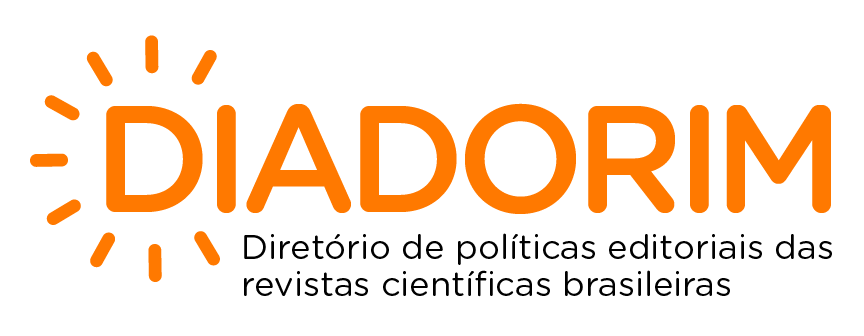Trigger tools and adverse drug events at a large general hospital in são paulo/sp, brazil
DOI:
https://doi.org/10.56242/globalhealth;2022;2;6;12-16Palavras-chave:
trigger tools, medication safety, Adverse drug events, Trigger tools, Medicamentos gatilho, Eventos adversos a medicamentos, Segurança do paciente.Resumo
OBJETIVO: Identificar os principais eventos adversos a medicamentos (EAMs) e sua gravidade em pacientes de um Hospital Público Geral na cidade de São Paulo utilizando a metodologia de “Trigger tools” e avaliar o desempenho dos medicamentos gatilho.
MÉTODOS: Se trata de um estudo prospectivo em pacientes adultos hospitalizados nas unidades de Centro cirúrgico, Clínica Médica, Unidade de Terapia Intensiva, Emergência Adultos e Obstetrícia, durante um período de dois meses (maio a junho de 2021). Os dados clínicos foram revisados utilizando onze diferentes medicamentos gatilhos selecionados e adaptados à realidade do hospital a partir do “Global Trigger Tools” do “Institute of Healthcare”. Somente foram utilizados medicamentos gatilho. A busca ativa foi realizada utilizando o sistema computadorizado do hospital e quando um medicamento gatilho era identificado na prescrição o farmacêutico analisava o prontuário do paciente. RESULTADOS: Foram identificados 183 pacientes com prescrição de medicamentos gatilho e destes 14,7% apresentaram suspeita de Evento adverso a medicamento, sendo que 48% se encontravam na Clínica Médica. Os eventos adversos identificados foram: Prurido/rush cutâneo, intoxicação cumarínica/sangramento, anafilaxia, sedação excessiva e cefaléia. Destas 96,3% foram consideradas moderadas e 3,7% foram consideradas graves. Os medicamentos com maior incidência de EAMs foram morfina e varfarina. Os medicamentos gatilho com melhor desempenho foram protamina e flumazenil e com menor desempenho foi a hidrocortisona e prometazina.
CONCLUSÃO: Medicamentos gatilho podem ser utilizados para identificar eventos adversos a medicamentos, seu uso pode melhorar a segurança do paciente.
DESCRITORES: Trigger tools, Medicamentos gatilho, Eventos adversos a medicamentos, Segurança do paciente.
ABSTRACT
OBJECTIVE: The aim of this study was to identify the main adverse drug events (ADEs), and its severity in patients of a large public hospital in São Paulo city using trigger tools and to evaluate its performance.
METHODS: This is a prospective study with adults hospitalized in the units of Surgical Center, Medical Clinic, Intensive Care Unit, Adult Emergency Room and Obstetrics, during a period of two months (May to June 2021). Clinical records were reviewed using eleven different trigger tools selected from the Global Trigger Tools of the Institute of Healthcare and adapted to the Hospital reality. Only trigger medications were used. The active search was performed using Hospital’s computerized system and when the prescription of a trigger drug was identified, the pharmacist analyzed the patient’s medical record.
RESULTS: There were identified 183 patients with trigger medication prescription. Of these 14,7% presented adverse drug event and were admitted at Medical Clinic (48%). The ADEs identified were pruritus/ skin rash, coumarin poisoning/bleeding, anaphylaxis, excessive sedation, and headache. Considering the severity, 93,6% were moderate and 3,7% severe. The drugs with highest incidence of ADEs were morphine and warfarin. The best performing trigger tools were protamine and flumazenil, and the lowest performing were hydrocortisone and promethazine.
CONCLUSION: Trigger tools can be used to identify adverse drug reactions. Its use in hospitals improve patients’ medication safety.
DESCRIPTORS: Trigger tools, Medication safety, Adverse drug events.






